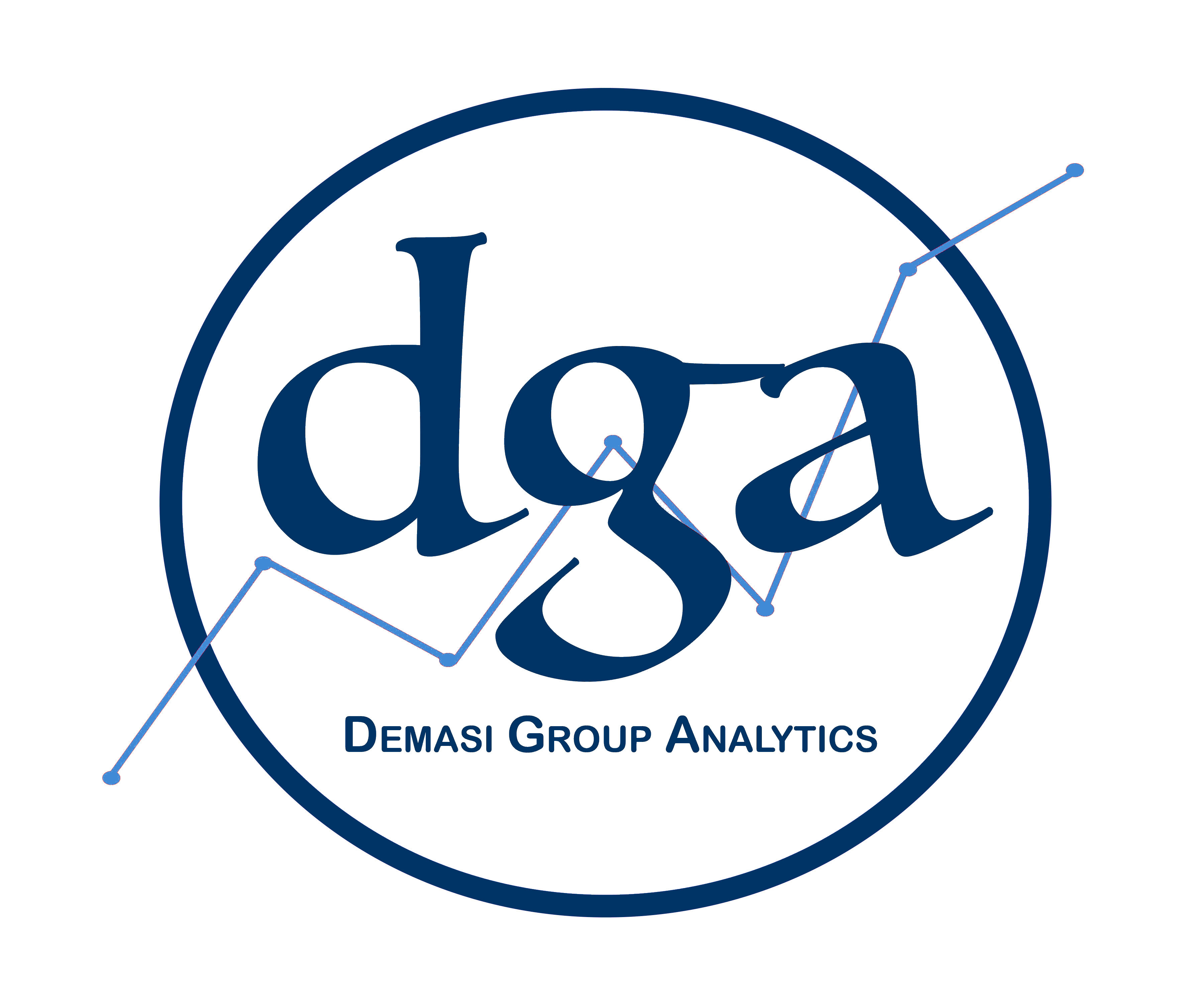Introduction
You know the drill: You’re at the game, your team is up by one, it’s the perfect summer night—and you’re staring down the barrel of a $12 beer.
You grumble, you pay, you drink. But have you ever wondered why that beer costs more than a Netflix subscription?
Spoiler alert: It’s not just because they can. Let’s peel back the curtain and see what really goes into the price tag on that overpriced pint.
Why Does a Beer Cost $12?
Here’s the thing—your $12 beer is a perfectly engineered cocktail of:
- Price elasticity: Years of transactions teach stadiums when a price is a little too high or not high enough at a given moment. It's a game of cat and mouse between the ballpark and you and 20,000 of your closest beer drinking friends. A little too pricey? Just wait till next year.
- Pricing Tradeoffs: The clubs need you to spend $X once you walk in the door. They know you're likely to go for the $3 hot dog (what a deal!!), which they gladly allow, so long as they make it back on that frosty brew.
- Venue layout: "Wow, it's almost like they know that mini-plan season ticket holding males in section 109 between ages 30-39 love Pale Ales!"
- Inventory management: Think they just happened to run out of your favorite IPA by the 6th inning? Nah. That’s a calculated play to push what’s left—and make you settle for the $14 import.
In other words: It’s not just a beer. It’s data in a cup.
The Metrics Hiding in Your Pint
That $12? It’s built on:
- Margin stacking: Every dollar over cost is an opportunity—and they don’t leave many on the table.
- Sales velocity: They know exactly how many beers fly off the shelves every inning, and they plan for the spikes.
- Attachment rate: You didn’t just buy a beer. You bought a hot dog. And some chips. And a hat for your kid. Congrats, you’re a data point.
- Lost sales: Long lines mean lost sales. They track that too.
You’re not just a fan—you’re part of the algorithm.
So... Are You Being Ripped Off?
Kinda. But also... no. The $12 beer is what keeps the lights on, pays the staff, and funds the fireworks. It’s the margin driver in a game-day economy that’s built on fleeting moments and emotional highs.
So yeah, you’re paying extra. But you’re also paying for the experience: the roar of the crowd, the crack of the bat, the overpriced beer in your hand.
And that’s exactly how they like it.
Final Thoughts
Next time you’re at the game, take a sip, give a little nod to the data behind the curtain—and enjoy the fact that, at least for tonight, you’re part of the plan.
Cheers.
 ← Back to Blog
← Back to Blog